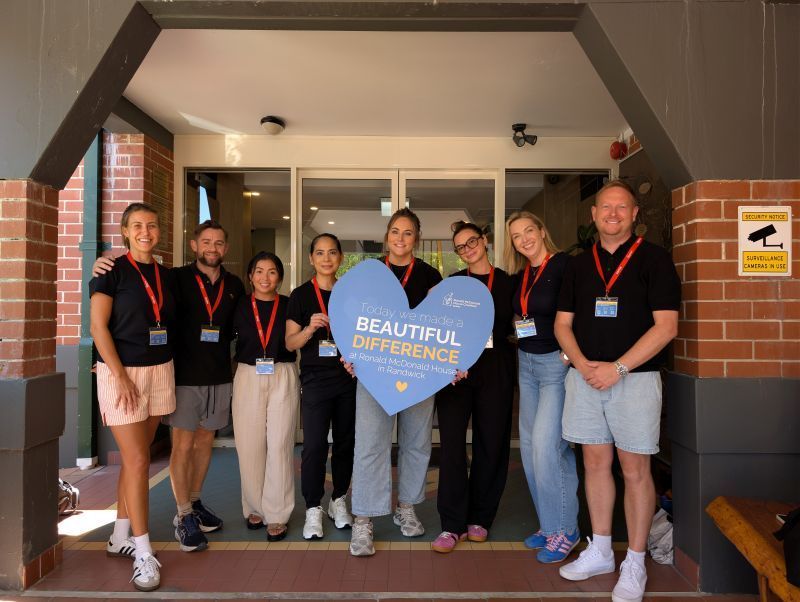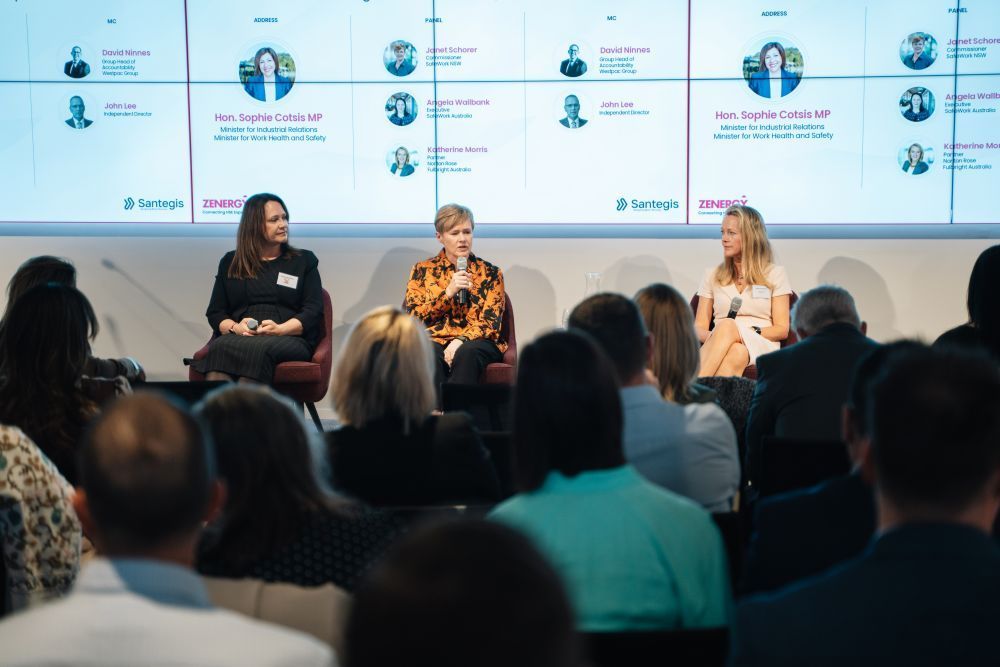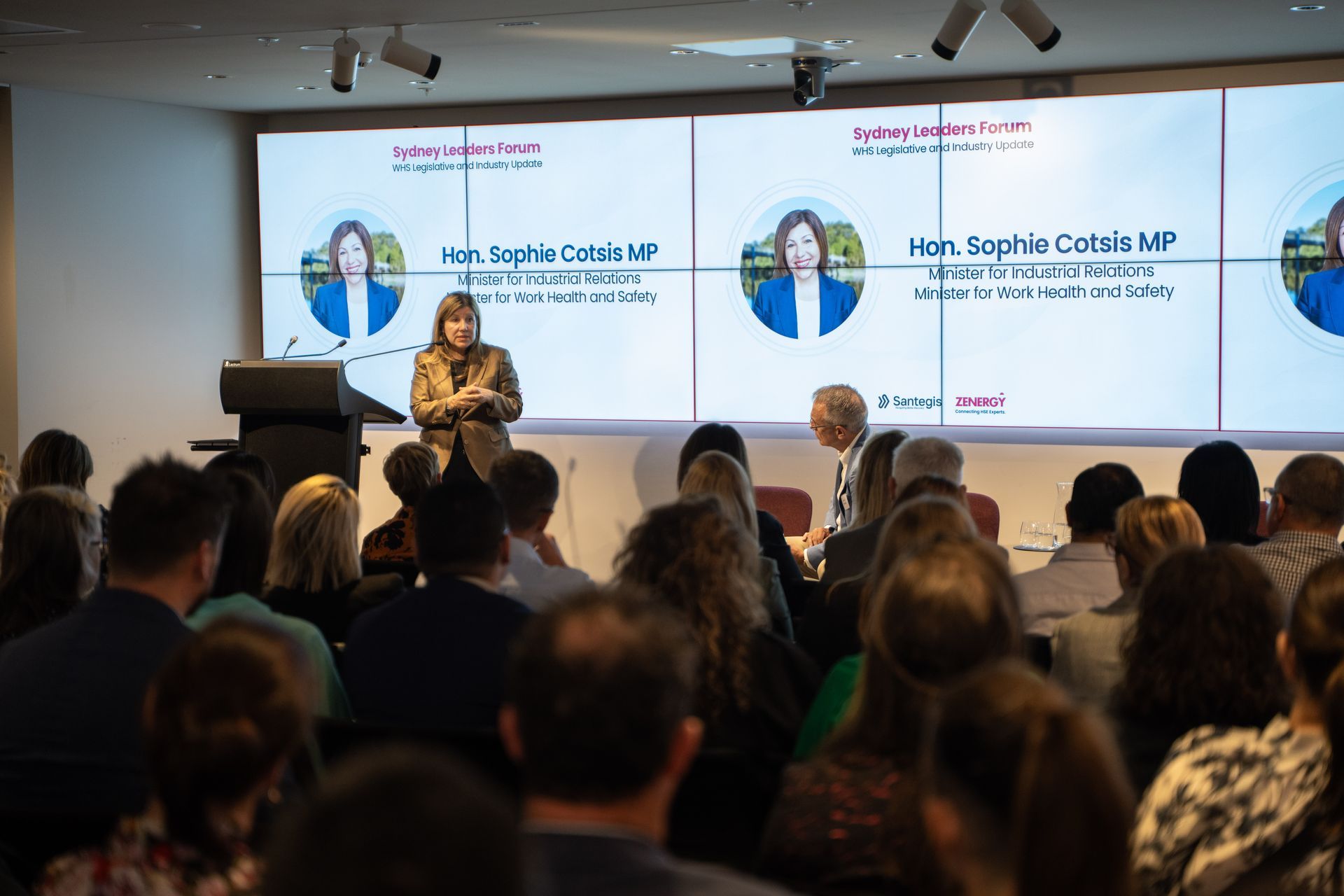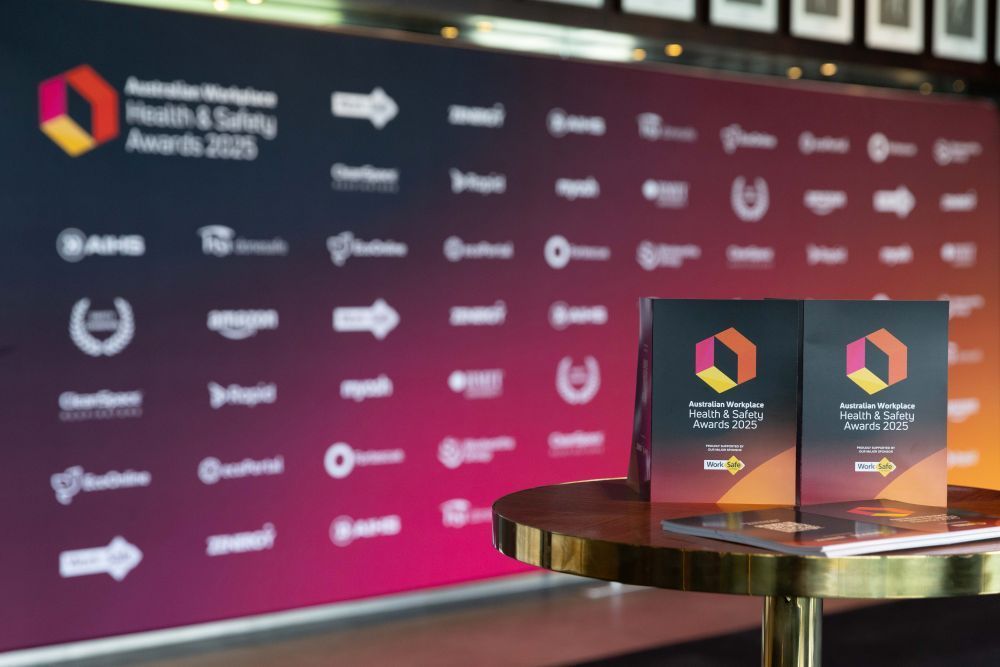Women in Safety, Let’s see some positive change
Principal Recruitment
Consultant – Construction
Even though we are still facing gender inequality in a handful of different Australian professions, The Work health and safety industry presents a lot of opportunity and openness for female WHS professionals.
However, at present women only make up 45.7 per cent of employees across industries in Australia and 33 per cent of managers. In WHS fields such as construction, women only account for 11.8 per cent of employees. Women face a number of key challenges when seeking to enter these kinds of fields. In the past, the industry has mainly been dominated by male professionals and there still exists an- imbalance when it comes to the number of females in the WHS industry.
Challenges:
In the past there has been a severe lack of female WHS mentors, female safety professionals particularly considering a career in safety in construction would have struggled to source proven WHS mentors. Today, there certainly are far more WHS female professionals working within the rail, building construction, civil, power and more. In saying that construction is Australia’s most male-dominated industry. Roughly 12 percent of the total construction workforce of some one million are women. When you pair this with demanding hours and a general lack of proactive promotion for the field itself, you’re left with a perpetual cycle of gender imbalance in Australian safety roles.
Gender equality in the workplace is not just a matter of good morals, it actually makes your workplace perform better.
Why is gender equality so important?
Gender equality in the workplace is not just a matter of good morals, it actually makes your workplace perform better AND paves the way for aspiring WHS leaders of the future. According to a McKinsey analysis of 366 companies, businesses ranking in the top quartile for gender diversity were more likely to have returns above their industry means.
Having women on your team allows for new perspectives and a diversity of opinion. When you have a team of people made up of the same exact demographic you’re likely to get identical opinions. Bringing in a fresh set of eyes opens up your company to important changes in safety processes and protocols.
Initiating changes in the current gender imbalance as soon as possible is critical because change doesn’t happen overnight. If we want the industry to increase female representation at all levels we need to promote the WHS field as a promising option for females across Australia. Let’s take a look at some of the solutions.
How can we fix the gap?
There are a few key ways we can start addressing the imbalance. Organisation’s could take at a look at current working arrangements including hours and assess what changes could be made to attract more female applicants. Whether this means work from home options for new mums or flexible working hours for employees pursuing higher education, these kinds of policies help appeal to the female demographic. Having flexible workplace policies for your employees can attract female candidates. Also Australian men and women believe that men should be as involved in parenting as women.
Networking events hosted by safety mentors would give women the chance to connect with other professionals that have faced the same struggles and build knowledge and guidance within the WHS field.
Lastly, promoting these kinds of roles in high school and university will put this career potential on the radar for female students at an early age.
Here at Zenergy, we pride ourselves on helping build positive spaces within the WHS industry where we can. Addressing the gender imbalance in the Australian safety space is one of our goals. To learn about upcoming Zenergy panels featuring prominent female leaders or our work with the Young Safety Professionals network, check out our news page






